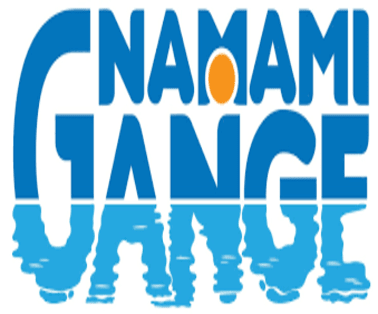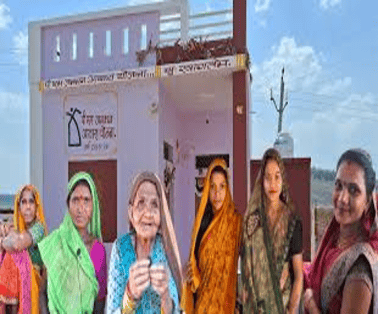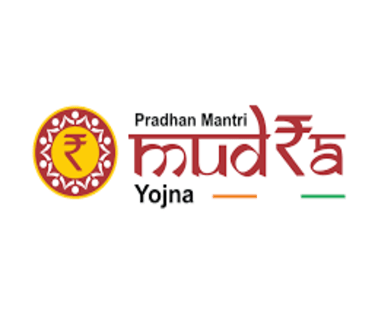Union minister of state for Jal Shakti (water resources) Vishweshwar Tudu said that the Namami Gange Programme has been able to reduce pollution load in the Ganga river. Still, at least 71 per cent of the river’s monitoring stations reported alarming levels of faecal coliform in January 2023.
Key Points On Namami Gange Programme
- Since 2014, the Centre had taken up 409 projects with a budget outlay of Rs 32,912.40 crore to clean up the river, he added.
- Faecal coliforms are a group of bacteria found in the gut and faeces of warm-blooded animals.
- Their presence indicates that the water has been contaminated with the faecal material of humans or other animals, which enters rivers through discharge of untreated sewage.
- The actual share is most likely higher, as the Central Pollution Control Board (CPCB) tested samples from only 59 of the 97 stations, or just 61 per cent of the river in January.
- While Uttarakhand had permissible levels of faecal coliform [less than 2,500 most probable number (MPN) per 100 ml], numbers in three other states – UP, Bihar and West Bengal – are alarming.
Features Of Namami Gange Programme
- Namami Gange Programme is an Integrated Conservation Mission, approved as a ‘Flagship Programme’ in June 2014.
- Namami Gange Programme seeks to accomplish the twin objectives of effective abatement of pollution and conservation and rejuvenation of National River Ganga.
- Namami Gange Programme is being operated under Ministry of Jal Shakti.
- Namami Gange Programme is being implemented by the NMCG and its state counterpart organizations i.e., State Program Management Groups (SPMGs).
Main Pillars Of Namami Gange Programme

Why We Need “Namami Gange” Programme?
- River Ganga has significant economic, environmental and cultural value in India.
- Rising in the Himalayas and flowing to the Bay of Bengal, the river traverses a course of more than 2,500 km through the plains of north and eastern India.
- The Ganga basin – which also extends into parts of Nepal, China and Bangladesh – accounts for 26 per cent of India’s landmass.
- The Ganga also serves as one of India’s holiest rivers whose cultural and spiritual significance transcends the boundaries of the basin.
Pollution Threats To Ganga
- Rapidly increasing population, rising standards of living and exponential growth of industrialization and urbanization have exposed water resources to various forms of degradation.
- The deterioration in the water quality of Ganga impacts the people immediately.
- Ganga has become unfit even for bathing during lean seasons.
- The impacts of infrastructural projects in the upper reaches of the river Ganga raise issues
National Mission For Clean Ganga
- NMCG was registered as a society on 12th August 2011under the Societies Registration Act 1860.
- It acted as an implementation arm of the National Ganga River Basin Authority (NGRBA) which was constituted under the provisions of the Environment (Protection) Act (EPA), 1986.
- NGRBA has since been dissolved with effect from the 7th October 2016, consequent to constitution of National Council for Rejuvenation, Protection and Management of River Ganga (referred as National Ganga Council).
Objectives Of National Mission For Clean Ganga
- The mission incorporates rehabilitating and boosting the existing STPs (Sewage Treatment Plants) and instant short-term steps to curb pollution at exit points on the riverfront in order to check the inflow of sewage.
- To maintain the continuity of the water flow without changing the natural season variations.
- To restore and maintain the surface flow and groundwater.
- To regenerate and maintain the natural vegetation of the area.
- To conserve and regenerate the aquatic biodiversity as well as the riparian biodiversity of the river Ganga basin.
Structure Of National Mission For Clean Ganga
The Act envisages five tier structure at national, state and district level
- National Ganga Council under the chairmanship of Prime Minister.
- Empowered Task Force (ETF) on river Ganga under chairmanship of Hon’ble Union Minister of Jal Shakti (Department of Water Resources, River Development and Ganga Rejuvenation).
- National Mission for Clean Ganga (NMCG).
- State Ganga Committees and
- District Ganga Committees in every specified district abutting river Ganga and its tributaries in the states.
About Ganga
- The Ganga River Basin is one of the largest living river systems in the world, the main stem of the river flows through 5 states of India however the entire catchment provides water to 11 states.
- The Ganga Basin supports numerous diverse ecosystems, from the alpine forests near Gaumukh to the plains of northern India to the mangrove forests and saline mud flats of West Bengal.
- River Ganga originates in Gangotri Glacier as River Bhagirathi. Later it joins the Alaknanda at Devprayag in Uttarakhand and becomes the Ganga.
- The mouth of River Ganga forms the world’s largest delta, known as Sunderbans, and was declared a World Heritage Site by UNESCO in 1997.
- The Ganges River Dolphin is an endangered animal that specifically habitats this river.
- This river supports a population of approximately 500 million people, akin to the population of the United States, Russia and Canada combined
- Numerous plant and animal species rely on Ganga’s waters, including extremely endangered animals like the Ganges River Dolphin and the Royal Bengal Tiger.
- The major tributaries of Ganga river are Yamuna (second-largest tributary), Gandak, Ghagra (left bank tributary), Kali, Son (second largest of the Ganges’ southern tributaries after Yamuna River) and RamGanga.
- The Ganga joins River Brahmaputra (Siang/Dihang River, in Arunachal Pradesh and Luit, Dilao in Assam) and flows into the Bay of Bengal as River Padma (Podda) in Bangladesh
To Download Monthly Current Affairs PDF Click here
Get Inspiration from CLAT 2025 Topper
Click here to get a free demo
Everything About CLAT 2025



